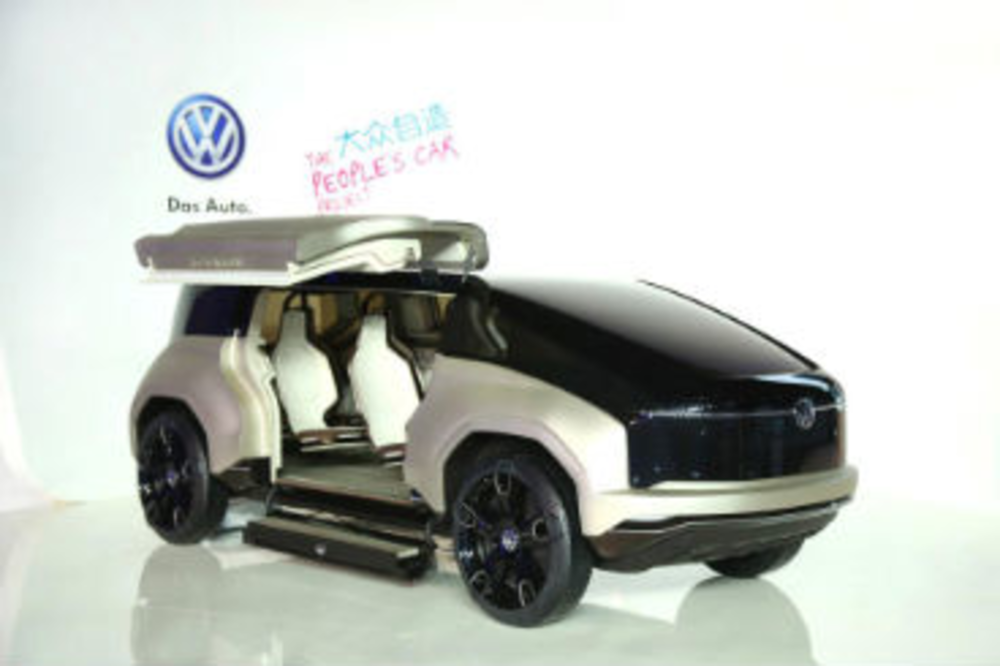VW China knows a thing or two about listening to its customers. The truly epic People’s Car Project campaign is a testament to that.
But, on second thought, I wouldn’t even call it a campaign. The People’s Car Project is an example of integration at its finest: storytelling, social, CRM, and online interaction blended with events, viral videos, mobile, and augmented reality.
It’s also aptly named.
“Volkswagen in German literally means ‘the people’s car; the Beetle in the West and the [VW] Santana in China were both built with the people in mind’” says Alex Csergo, managing director of Proximity Beijing, and one of the driving forces behind the work. “Our project brought the dream of the ‘people’s car in the 21st century by making it the first car ever designed by the people for the people.”
Since 2011, VW China has been engaged, with help from Proximity China and Goodstein & Partners, in a massive social CRM program that allows Chinese “netizens” (my new favorite word) to imagine, create, and share their own one-of-a-kind car designs—anything from a puffer fish on wheels to a hover car that moves along by interacting with natural minerals in the ground. It’s about turning the concept of the concept car on its ear by bringing China’s crowdsourced car dreams into reality. What can I say? I’m a fan.
Back in April, VW revealed the people’s car at the Shanghai Auto Show as the final culmination of the project. Kind of like a mix between a DeLorean and what George Jetson might drive if he lived in the ‘burbs, the 4Fun is a plug-in hybrid with a side-opening door. It’s got Internet connectivity, solar-panels, an autonomous driving feature, and a special filter to ensure passengers are breathing clean air—a particularly salient extra in a country with generally low air quality. It also has seven seats, taking into consideration the specific needs of the Chinese family—space for four grandparents, two parents, and one child.
VW and its partner agencies combed through every single one of the more than 210,000 ideas submitted via the People’s Car Project platform and chose 104 of the best, which Simon Loasby, VW’s director of design, used to brief a group of Chinese college students from Tsinghua and Cafa, both top universities in China, who rolled up their sleeves to actually create the 4Fun.
But this was “no simple design competition” or an “advertising stunt,” says Csergo. It’s the result of a collaboration between VW China and the over 30 million people who participated in the People’s Car Project over the past two years.
The whole thing was documented in a series of online videos that were part reality show, part participatory TV show. Viewers were able to chime in with suggestions throughout to influence the outcome of the final product while it was being built.
“I love the idea that the cars of the future are really not about driving anymore, but a place for social gathering,” says Csergo. “Social media is a breakthrough for many Chinese to voice their opinions; and for a brand to utilize social media and adapt it to [help] innovate its products was [previously] unseen in China.”
The People’s Car Project may be complete, but VW China doesn’t plan to idle. When asked what’s up next for the brand, Csergo has this to say: “Stay tuned. This is not the end.”








